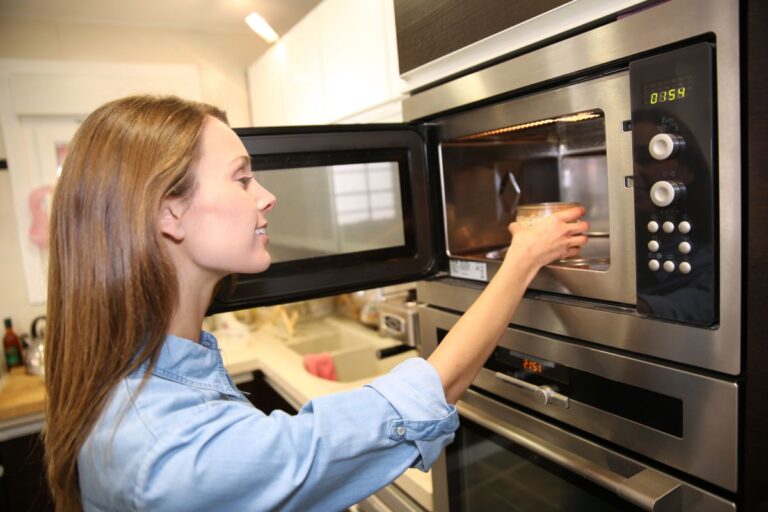Grow Your Own Herbs Indoors: A Hands-On Guide
Growing your own herbs indoors is a great way to ensure you have fresh, flavorful ingredients on hand all year round. Here’s how to cultivate your own indoor herb garden successfully.
1. Choose the Right Herbs

Start with herbs that thrive indoors, such as basil, parsley, thyme, mint, chives, oregano, rosemary, and cilantro. These varieties are well-suited for indoor growing conditions.
2. Select a Sunny Spot

Herbs need plenty of sunlight to grow. Place them in a south-facing window where they can get at least six hours of direct sunlight daily.
3. Use the Right Containers

Choose pots with good drainage to prevent waterlogging. Terra cotta pots are a great option because they allow the soil to breathe.
4. Use Quality Potting Soil

Use a high-quality, well-draining potting soil. Avoid using garden soil, as it can be too heavy and may contain pests.
5. Water Properly

Herbs generally prefer to be kept on the dry side. Water them when the top inch of soil feels dry to the touch, but avoid overwatering, which can lead to root rot.
6. Fertilize Occasionally

Use a balanced, water-soluble fertilizer once a month to provide your herbs with essential nutrients. Be careful not to over-fertilize, as this can affect the flavor of the herbs.
7. Prune Regularly

Regular pruning encourages healthy growth and prevents your herbs from becoming leggy. Trim back the top leaves regularly to promote bushier growth.
8. Rotate Your Plants

Rotate your herb pots every week to ensure all sides receive equal sunlight. This helps the plants grow evenly and prevents them from leaning towards the light source.
9. Control Humidity

Herbs prefer a moderate humidity level. If your home is very dry, consider using a humidity tray or a small humidifier to maintain optimal conditions.
10. Protect from Drafts

Keep your herbs away from cold drafts and sudden temperature changes. Consistent room temperatures help herbs thrive.
11. Use Grow Lights

If natural light is limited, supplement with grow lights. LED grow lights are energy-efficient and provide the full spectrum of light that herbs need to grow.
12. Harvest Correctly

When harvesting, snip the leaves or stems above a leaf node to encourage new growth. Avoid harvesting more than one-third of the plant at a time.
13. Manage Pests

Inspect your herbs regularly for pests such as aphids and spider mites. Use insecticidal soap or a homemade solution of water and dish soap to keep pests at bay.
14. Ensure Adequate Air Circulation

Good air circulation helps prevent mold and mildew. Place a small fan near your herbs to keep the air moving, especially in humid environments.
15. Know Each Herb’s Needs

Different herbs have different needs. For example, basil and parsley prefer more moisture, while rosemary and thyme thrive in drier conditions. Tailor your care to each specific herb.
16. Repot When Necessary

As herbs grow, they may outgrow their pots. Repot them into larger containers to give their roots more room to spread.
17. Enjoy Fresh Herbs

Use your homegrown herbs in cooking for fresh, vibrant flavors. Snip off a few leaves as needed and enjoy the convenience of having fresh herbs at your fingertips.
Ready to Start Your Indoor Herb Garden?

With these tips, you can successfully grow a variety of herbs indoors all year round. Which herb will you start with for your indoor garden?
Toxic Talk: 21 Phrases to Never Say to Your Kids

Are you worried about the impact of your words on your child’s well-being? Let’s tackle 21 phrases that might be causing more harm than you realize. Toxic Talk: 21 Phrases to Never Say to Your Kids
Breaking Ties: Recognizing When It’s Time to Go No-Contact with Parents

Deciding to go no-contact with a parent is a profound, often painful choice, but sometimes it’s necessary for personal well-being. Are you grappling with the decision to distance yourself from a toxic parental relationship? Breaking Ties: Recognizing When It’s Time to Go No-Contact with Parents
Stop the Stereotypes: 20 Gender-Based Comments Kids Don’t Need

It’s time to challenge traditional narratives that limit kids’ potential. Here are gender-specific phrases and ideas to avoid, fostering a supportive and open-minded environment for the next generation. Stop the Stereotypes: 20 Gender-Based Comments Kids Don’t Need
The post Grow Your Own Herbs Indoors: A Family-Friendly Guide first appeared on Peachy Fours.
Featured Image Credit: Shutterstock / Ariwasabi.
For transparency, this content was partly developed with AI assistance and carefully curated by an experienced editor to be informative and ensure accuracy.







